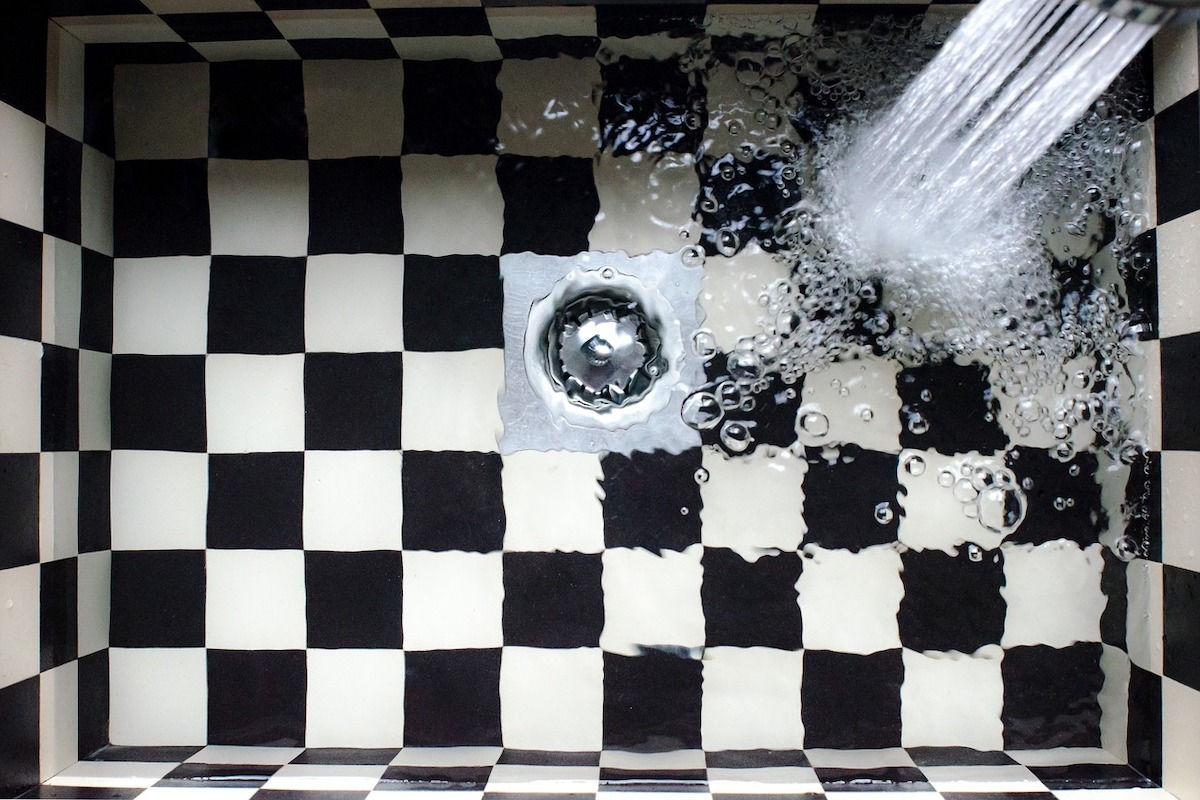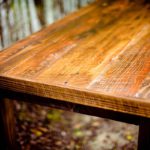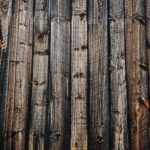
We all get that horrid feeling when we see the water is not going down the plughole. We all know what follows on from here is the bank or sink will overflow, it will start smelling and is horrible to look at. This is a common problem and while we try and avoid it blockages can still happen. Clogged sewers can happen at home residences and also commercial and industrial fronts to. Most times we are the cause of the clogged drains and that is often because we are not aware of what the major contributors are to blocking drains.
Here are the most common blockage instances and how you can avoid them:
Grease and hair
Grease and hair are two common problem that causes drains and pipes to clog up. Grease won’t block the drain straight away and if washed down with water it seems to glide now and doesn’t pose a risk. Grease will slowly build up and go hard as the temperature cools. This is due to people tipping oil and grease from cooking directly down the drain. It sticks to the sides of the pipes and will build up to the point where no liquid at all can get passed. Hair on the other hand is more commonly associated with a blocked bathroom drain, and they can really accumulate if nothing is done.
Plants
Another common sewer blockage problem is a tree root. If you have plants that are surrounding the home, then they can clog the drains. The debris from shrubs, leaves and trees can be a problem for water drains if they come into contact with the pipework. Tree roots search for water and they can penetrate pipes and block them in an attempt to find moisture. It doesn’t only affect smaller pipe network below your house, but on cases also destroy a wide area of the drainage infrastructure in Australia. Consider moving large trees in your backyard if you think they pose a risk or plan out the sewer line to bypass the general land area of your yard.
Broken Pipes
If your pipes are broken or twisted etc it will allow foreign materials to get into the drain. From stones and soil to leaves and other outdoor materials. Once the materials build up it can stop liquid from flowing through it. Collapsed pipes are a difficult problem to diagnose and repair. It cannot be done without a major overhaul if the pipes cannot be visually seen. You may be able to see water pooling above the ground or the grass may be extra green in certain area than the rest. This can indicate where the problem may be.
Bad Installation
It is important to get a professional in when installing or repairing your draining system. Plumbers see it all too often where blockages have been caused by poor installation. People tend to get smaller pipes which are cheaper, but they cannot handle the water pressure which will result in blockages and collapsing pipes.
Avoid costly problems like these by getting a professional in to do the job to avoid problems later down the track. But what can you do as a homeowner?
How to prevent blocked toilets and ensure clean drains
What can be flushed?
Many people flush things down the toilet and not even thinking it could be causing a clog. Facial tissues, napkins, baby wipes, feminine hygiene products are just to name a few. The items sit within the pipes and block everything else from being flushed through. It can be hard to know which items can be flushed and those that cannot be. There are many items that are labelled as being flushable. Even though they say they are flushable they may not be something that is easily broken down. To find out whether you should be flushing items or not you can fill some bowls with water and put the toilet paper in one bowl and a different item in the other.
Flush properly
Clogs can occur even if you are only flushing toilet paper and waste down the drain. Ensure you are only flushing small amounts of toilet paper try not to flush large amounts within the one flush. If you need to use a lot, then consider flushing halfway through then again at the end to avoid a clog all at once. This is partly due to the drain systems, which are designed by engineering companies in Australia and other parts of the world, are not designed to take in a huge amount of solid substance in one go.
Address slow drains
A slow flow can indicate that a clog is forming within the toilet drain. Instead of waiting until it is completely blocked sort the problem out now. Quite often all you need is a plunger and a good few thrusts to clean the drains and your flow will be back to normal.
Inspect the toilet
Do an inspection of the inner workings every few months to ensure everything is in working order and nothing looks to worn or rusted. Take the tank off and then flush the toilet so you can watch everything work like the flapper is sealing good and the fill valve stops when the water reaches its point.
Carry out repairs
If you have a leaking toilet don’t put it off. Sometimes as there is no water pooling at the bottom of the toilet people tend to think the problem is not urgent. This can end up running your bills up and creating plumbing problems in the future.




